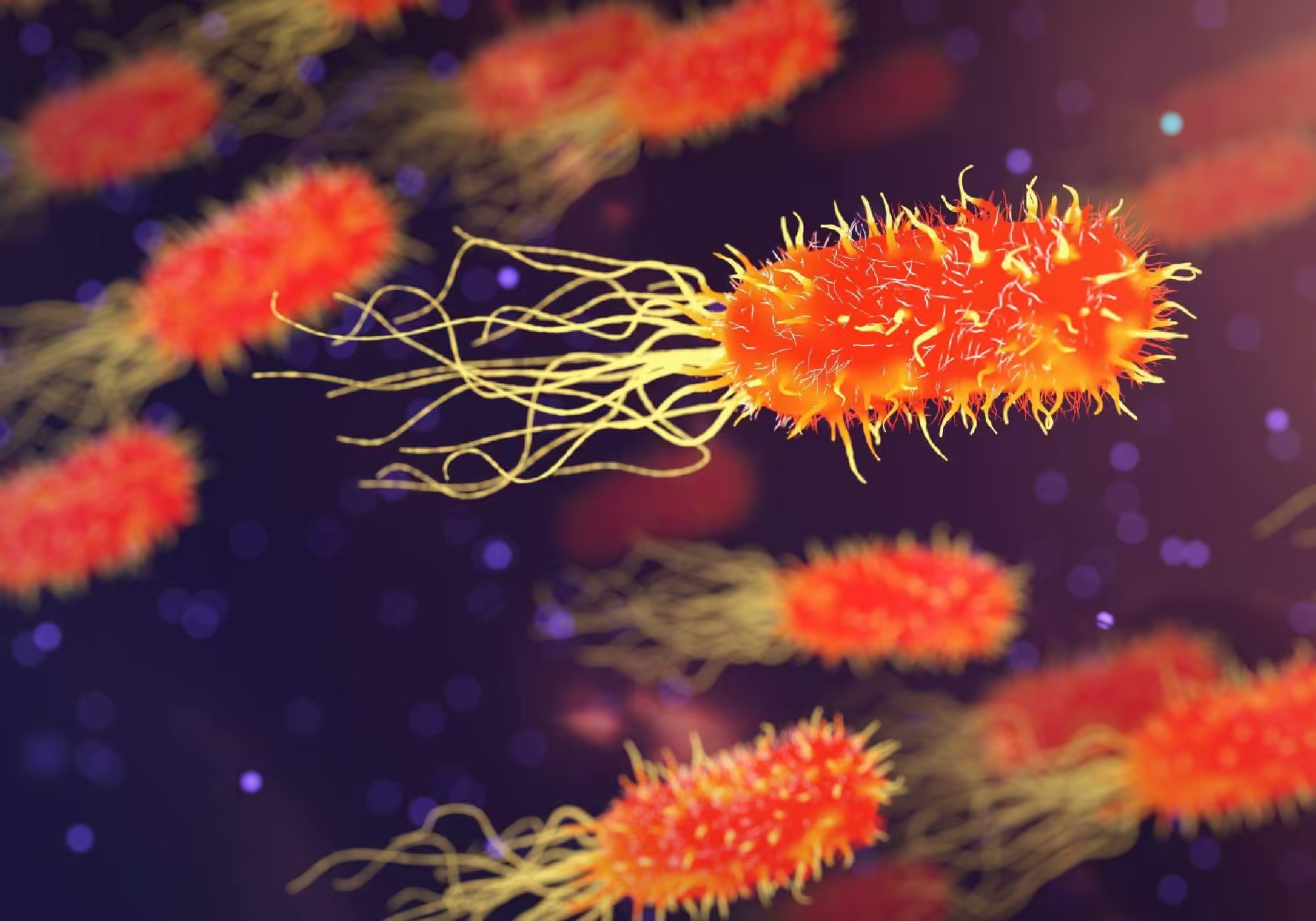Your body turns food fats into energy while maintaining your health through a process. The construction of biological structures happens through monomers, which function similarly to the way bricks build foundations for houses. Lipids, commonly known as fats, are among these structures, and their monomers—fatty acids and glycerol—are the essential “bricks.” Lipids represent more than dietary caloric content. These structures serve three main functions, which include energy storage, and they create cell membranes while facilitating cellular intercommunication. The varied nature of these molecules makes it impossible for your body to perform its essential functions. The small size of these molecules does not explain their ability to execute big work. Various lipid types exist because their monomer components, fatty acids and glycerol, enable adaptability. The two types of monomers unite as dynamic elements to deliver storage capabilities and structural support. The following discussion will examine the structure as well as the operational mechanics of these substances. This essay will discuss the process through which these compounds convert into life-sustaining lipids. What are Lipids Lipids form a wide category of natural substances that contain three main forms, including fats and oils together with waxes. Lipids stand out because they have a water-resistant quality, which leads to limited mixing behavior with water molecules. A unique characteristic of lipids helps them perform essential biological functions, which include creating protective barriers together with providing reliable energy storage. Functions of Lipids Types of Lipids Real-world analogy: Imagine lipids as a multi-tool pocketknife. A single tool can perform various tasks similarly to how lipids adapt to the multiple requirements of the human body. Lipids act as the source of energy throughout marathon events. The body benefits from lipids by providing insulation during cold weather. In the next section, we’ll zoom in on the “multi-tool components” themselves: fatty acids and glycerol. Feature Saturated Fatty Acids Unsaturated Fatty Acids Structure No double bonds between carbon atoms; completely “saturated” with hydrogen atoms One or more double bonds between carbon atoms; “unsaturated” with hydrogen State at Room Temperature Solid (e.g., butter, lard) Liquid (e.g., olive oil, canola oil) Health Impact may increase LDL cholesterol levels, which may increase the risk of heart disease It is generally considered heart-healthy; it may help lower LDL cholesterol levels Examples Animal fats, butter, coconut oil, palm oil Olive oil, avocado oil, fish oil, nuts, seeds Hydrogenation Does not undergo hydrogenation, is already fully saturated May undergo partial hydrogenation to form trans fats Presence in Nature Found mainly in animal products and some tropical oils Found mainly in vegetable-based oils and fatty fish Breaking Down Lipids Two basic components known as fatty acids and glycerol produce the complex compound known as lipids. The combination of monomers produces energy-storing and cell-structure-building molecules. The fuel supply comes from fatty acids, while glycerol acts as the rigid framework that keeps all components united. What Are Monomers? Lipids, along with other macromolecules, use monomers as their basic structural elements. The puzzle-making process involves monomers as individual pieces that finish a larger whole. The combination of glycerol and fatty acids forms triglycerides along with additional lipid structures. The lipid partnership functions both efficiently and biologically crucially for the body to perform tasks such as energy storage and insulation. Fatty Acids Fatty acids function as the primary elements that drive operations in the lipid domain. Structurally, they have long carbon-hydrogen chains that end with a -COOH functional group. The two main types of these chains exist today. The human body needs fatty acids for energy generation. The body breaks chain structures into usable energy whenever it needs fuel. The caloric content of one gram of fat reaches 9 calories when compared to carbs or proteins at less than half that value. Glycerol: The Backbone of Lipids The three-carbon structure of glycerol contains three hydroxyl groups (-OH). Glycerol acts as a binding agent, which creates triglycerides from fatty acids. The structure operates as a central connection point that supports multiple spokes in a wheel configuration. Glycerol functions as the anchor in a team-building exercise. Multiple fatty acids attach themselves to the glycerol core to create one stable energy storage unit. The body stores excess energy as triglycerides, which serve as its main long-term storage units. Life depends on the essential bond that exists between fatty acids and glycerol. The basic structure enables the formation of complex lipids. The body uses these lipids to satisfy its energy requirements for activities such as cell repair and marathon running. Working of Fatty Acids and Glycerol Glycerol and fatty acids participate in esterification through hydroxyl groups of glycerol combining with carboxyl groups of fatty acids. The chemical reaction creates triglycerides which represent the most prevalent type of lipid compound. This process occurs naturally in our bodies, allowing us to store energy efficiently. These triglycerides not only store energy but also act as insulation, protecting our organs and maintaining body temperature. So, despite frequent discussions about eliminating fats from our diet, it is important to note that proper utilization of lipids is imperative to sustain optimal health. Role of Lipid Monomers in Our Body The combination of fatty acids and glycerol does more than just store energy. These lipid monomers are essential for many bodily functions. Here’s a quick list of why they’re so important: Fascinating Facts About Lipid Monomers Lipid monomers exist as more than functional molecules because they present both stories and applications extending past human biological systems. This section presents a collection of notable information that illustrates both the adaptability and significant value of lipid monomers. Historical Insight Scientists extracted fats from diverse natural materials to start their fatty acid research during the nineteenth century. Discovery of glycerol first occurred during the soap-making process in the late 18th century. The scientific findings resulted in a better comprehension of monomers of lipids in biological processes. Unique Perspective Lipids perform extraordinary functions within the realm of animals. Whales maintain large quantities of lipids inside their blubber tissues. The insulation material protects them in frigid ocean conditions.
How Neural Networks Power Big Data & AI APIs Today
Neural networks transform how we process big data through AI APIs. They help in areas like healthcare and self-driving cars. This strong mix makes advanced AI easier for businesses to use and leads to better automation and accuracy.
Winter Storm Warning: What It Means, How It Works, and How to Stay Safe
You wake up, look at your phone, and see a Winter Storm Warning. What should you do? Learn what this means, how it differs from watches and advisories, and get safety tips with a checklist to help you stay safe during the storm.
Classification of Microorganisms | Types and Examples
Microbes are all around us. They may be small, but they play an important role in the environment, medicine, and industry. These small living organisms are classified into different groups based on their characteristics. Today, I will walk you through the classification of microorganisms in an easy and understandable way. We will examine the major types of microorganisms, from bacteria to fungi. We will explore their examples and their importance in everyday life. What are Microorganisms? Microorganisms are the organisms that are so small so that they can only be seen with a microscope. They exist everywhere, leading from the soil and water to the air we breathe. You may have heard of bacteria, viruses, fungi, and algae. However, there are more groups that we are going to explain today. Microorganisms are like a large library of books. If there is no way to organize them, it will be difficult to find the right book. Similarly, scientists need to classify the many types of microbes on Earth to understand them. Classification of microorganisms serves several important purposes: There are many different types of tiny organisms called microorganisms. Scientists have discovered more than 1 million species, but they think there could be more than 1 trillion. Each one is important for the continuation of life on Earth. Classification of Microorganisms Based on Cell Type 1. Prokaryotes Prokaryotic is the type of microorganisms that are without of a distinct nucleus. Their genetic material floats freely inside the cell. This category of microorganisms includes bacteria and archaea. 2. Eukaryotes This type of microorganisms, unlike prokaryotes, have a defined nucleus. Examples of eukaryotic microorganisms include fungi, algae, and protozoa. Classification of Microorganisms Based on Oxygen Requirement Microorganisms can also be classified on the basis of oxygen requirement. Classification of Microorganisms Based on Nutrition Microorganisms can be classified based on how they obtain food. Some of them produce their own food, while others rely on external sources. 1. Autotrophs Autotrophic microorganisms make their food from simple substances such as carbon dioxide. They are further divided: 2. Heterotrophs Heterotrophic microorganisms rely on organic matter for their food rather than producing it themselves. They break down dead organisms, help in reducing to recycle nutrients back into the environment. Many bacteria and fungi act as heterotrophs, which play an important role in decomposition. To make it clearer, take a look at the table below for a better understanding. Classification Types Description Examples Cell Type Prokaryotes Microorganisms without a distinct nucleus. Bacteria, Archaea Eukaryotes Microorganisms with a defined nucleus. Fungi, Algae, Protozoa Oxygen Requirement Aerobic Require oxygen for survival. Decomposing bacteria Anaerobic Do not require oxygen; may even die in its presence. Some gut bacteria, Clostridium Nutrition Autotrophs Produce their own food. Cyanobacteria, Archaea Heterotrophs Rely on organic matter for food. Many bacteria, Fungi Viruses Viruses often come into discussions about microorganisms, but they vary significantly from others. Unlike living organisms, viruses can’t reproduce without a host. They occupy plants, animals, and even bacteria (bacteriophages). For example, flu viruses and HIV show this unique trait. Modern Phylogenetic Classification The way we classify small organisms has changed dramatically with the use of DNA sequencing. Instead of just looking at their characteristics, scientists can now study their genetic makeup. This new method uses a piece of RNA called 16S ribosomal RNA (rRNA). Ribosomes help make proteins, and all living things have them. The 16S rRNA gene changes slowly, making it good for comparing different types of microbes. Here’s how 16S rRNA sequencing works: This new method showed surprising results. Many microbes that looked the same under a microscope were actually different species. Now, scientists use phylogenetic trees to classify microbes. These trees show how species are related, with similar species on nearby branches. If the branch between two species is long, it means they are more genetically different. Practical Applications of Microbial Classification 1. Medical and Public Health Applications Classification identifies pathogens (for example, MRSA as a Staphylococcus aureus variant), enables targeted antibiotics and outbreak tracking. 2. Industrial and Environmental Uses In biotech, classified microbes such as Pseudomonas enable bioremediation. Classified fungi aid in the production of enzymes. Microbe Application Lactobacillus Yogurt production Pseudomonas Bioremediation Saccharomyces Brewing/fermentation FAQs Conclusion Microorganisms may be small, but they have a huge impact on our lives. They break down waste, they can cause disease, and produce oxygen, each of them is playing its role. As we learn more about their taxonomy, we can easily differentiate them. We will know which type is more beneficial. Then, we could appreciate their actions. This knowledge will help us to understand how they are constantly developing the surrounding environment. Recommended Microbiology Resources To better understand how microorganisms are classified, check out these great resources that are ideal for students, teachers, and anyone interested.




